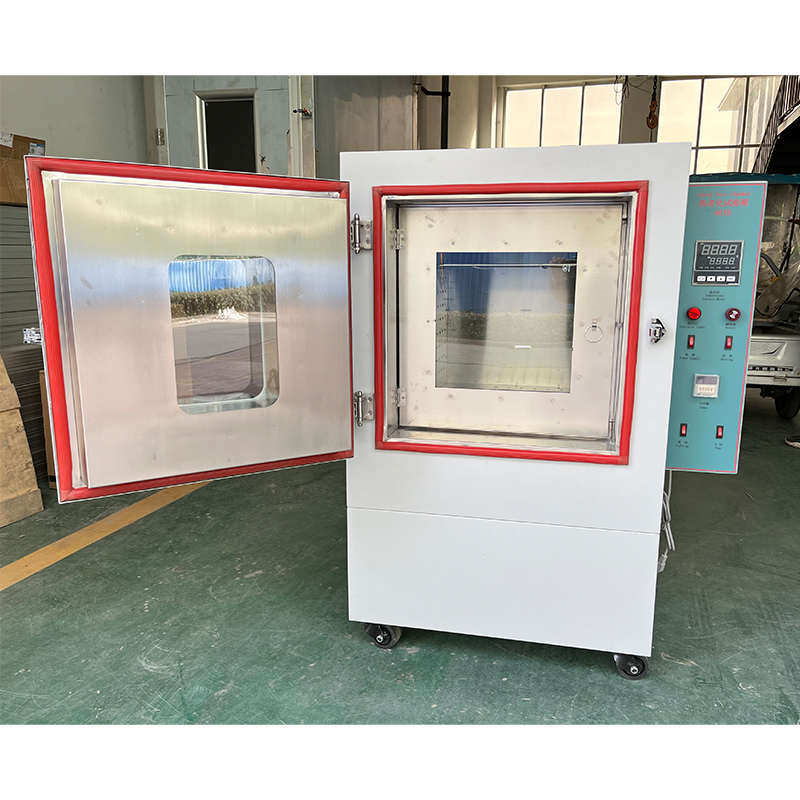optical measuring instruments
Optical Measuring Instruments Accuracy and Versatility in Modern Applications
In the realm of measurement technology, optical measuring instruments stand out for their precision and versatility. These tools utilize the principles of light propagation and interaction to provide highly accurate measurements in various fields, from manufacturing and engineering to healthcare and scientific research. This article delves into the functionality, applications, and advancements of optical measuring instruments.
At the heart of optical measuring instruments lies the ability to gauge dimensions, angles, and surface profiles using light. One of the most common types of optical measuring devices is the laser interferometer. This instrument employs the interference of light waves to measure distance with exceptional accuracy, often down to nanometers. By comparing the phase difference between two light beams, operators can determine minute changes in position, making the laser interferometer invaluable in fields such as semiconductor manufacturing and calibration of precision machine tools.
Another important category of optical measuring instruments is optical comparators. These devices project magnified images of the object being measured onto a screen, allowing for precise comparison against standard measurements. Optical comparators are widely employed in mechanical engineering and quality control, where they aid in assessing complex geometries and ensuring that manufactured components meet stringent specifications.
optical measuring instruments

Additionally, photometers and spectrophotometers play a crucial role in measuring light intensity and color attributes. These instruments measure the amount of light that is reflected or transmitted through a material, making them essential in industries like textiles, food, and pharmaceuticals, where color consistency and material properties are critical for product quality.
The advancements in optical measuring technology have dramatically improved their accuracy and usability. The integration of digital sensors and computer algorithms enhances the precision of measurements while enabling real-time data analysis and visualization. For instance, modern optical instruments can automatically correct for external variables such as temperature and environmental conditions, further increasing reliability.
Furthermore, developments in fiber optic technology have opened new avenues for measurement. Fiber optic sensors can be deployed in challenging environments, such as high radiation areas or extreme temperatures, providing critical data without risking damage to the measuring instrument. These sensors can monitor parameters such as strain and temperature over long distances, making them invaluable in civil engineering applications like bridge and dam monitoring.
In conclusion, optical measuring instruments are integral to modern measurement practices across various sectors. Their ability to provide precise and reliable measurements using light continues to evolve with technological advancements. As industries increasingly demand higher accuracy and efficiency, the role of optical measuring instruments will undoubtedly expand, paving the way for innovations that enhance product quality and operational excellence. Whether in manufacturing, research, or healthcare, the significance of these instruments cannot be overstated, as they facilitate a deeper understanding and enhancement of both materials and processes.
-
Why the Conductor Resistance Constant Temperature Measurement Machine Redefines Precision
NewsJun.20,2025
-
Reliable Testing Starts Here: Why the High Insulation Resistance Measuring Instrument Is a Must-Have
NewsJun.20,2025
-
Flexible Cable Flexing Test Equipment: The Precision Standard for Cable Durability and Performance Testing
NewsJun.20,2025
-
Digital Measurement Projector: Precision Visualization for Modern Manufacturing
NewsJun.20,2025
-
Computer Control Electronic Tensile Tester: Precision and Power for the Modern Metal Industry
NewsJun.20,2025
-
Cable Spark Tester: Your Ultimate Insulation Assurance for Wire and Cable Testing
NewsJun.20,2025
 Copyright © 2025 Hebei Fangyuan Instrument & Equipment Co.,Ltd. All Rights Reserved. Sitemap | Privacy Policy
Copyright © 2025 Hebei Fangyuan Instrument & Equipment Co.,Ltd. All Rights Reserved. Sitemap | Privacy Policy
